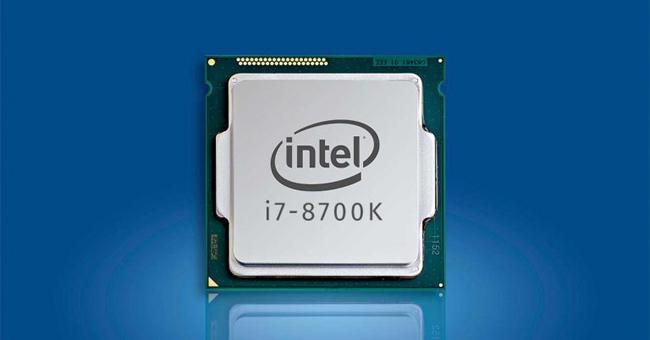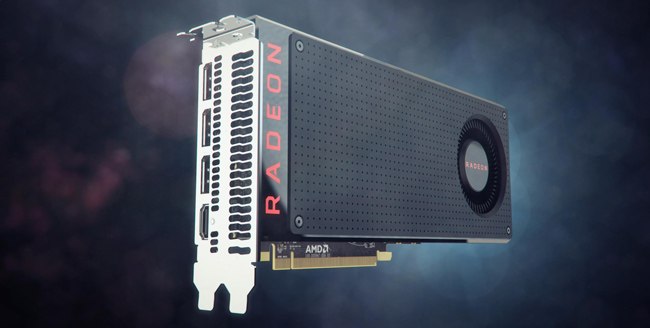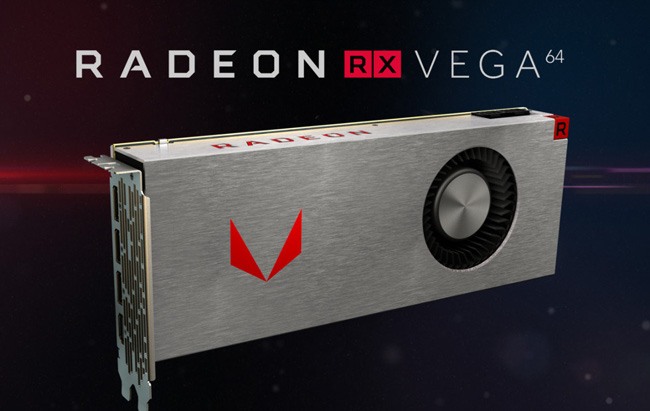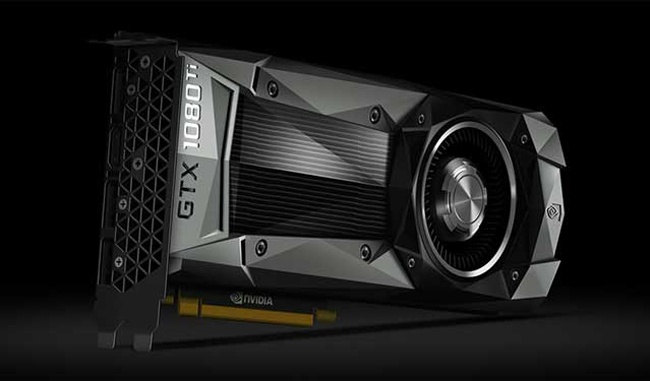Monero has risen to be the top privacy coin in cryptocurrencies, with a market cap large enough to make it the #13 largest crypto by market cap as of early July 2018. One of the reasons it has risen so far is the highly engaged community of developers and users.
In addition to the privacy feature, many have been attracted to Monero because it is very user-friendly to miners. It remains as one of the coins that can be efficiently mined using the CPU or GPU on any computer. That means anyone can mine Monero, even without any special hardware. What makes Monero so user-friendly for mining is its consensus algorithm, which is currently Cryptonight v7.
Cryptonight Basics
You may be new to cryptocurrencies, or just to Monero and the Cryptonight algorithm, so here are some basics you should be aware of regarding the algorithm.
- Cryptonight has Two Versions
Most cryoptocurrency algorithms have just one version, but Cryptonight is unique in that it has two versions currently being used by various coins. The reason there are two versions of Cryptonight can be laid at the feet of the company Bitmain. Bitmain is one of the leading producers of Application-Specific Integrated Circuits (ASICs), which are used to increase efficiency when mining cryptocurrencies. This does two things: it greatly increases mining difficulty, and it basically locks out those who wish to mine using CPUs and GPUs.It wasn’t possible to make an ASIC miner for Monero, and that was by design. The community chose Cryptonight to avoid ASIC mining. But recently Bitmain figured out how to create ASICs for Cryptonight. Needless to say the Monero community wasn’t pleased in the least, and they responded by forking the alogorithm. This is Cryptonight V7 and it remains resistant to ASIC mining. So, Monero moved to Cryptonight V7 and nearly every other coin using Cryptonight algorithm has, or will soon, switch to Cryptonight V7. - Cryptonight isn’t only for GPUs
Typically mining algorithms are best suited to either GPU mining or CPU mining, but not both. Cryptonight V7 is unique in that both GPU and CPU mining can be profitable on Cryptonight V7. This makes Monero mining rigs more efficient since in most mining the CPU is just a waste of space and money.
How to Set-up a Monero Mining Rig
Setting up any mining rig can be tricky, and this is true for Monero as well, but as long as you know what’s required it isn’t very complicated. Mining with both CPU and GPU adds a bit to the complexity of the setup, and you’ll need to take good care of the motherboard. The good news is that once you have the rig setup for mining Monero you can also use it to mine any other Cryptonight or Cryptonight V7 coins. There’s a basic list of needed hardware below, and then we’ll go on to discuss the best CPUs and GPUs for Monero mining in 2018.
- A CPU with at least 4GB of RAM, but 8GB is recommended.
- DDR3 or DDR4 SDRAM, depending on the CPU you pick.
- After picking the CPU, you must choose a motherboard that fits it properly, and that has enough PCIE lanes for the amount of GPUs that you’d like to accommodate.
- A powered riser cable for each card.
- An open-air rig setup.
- A reliable internet connection.
- Any HDD or SSD that’ll be powerful enough to sustain your OS of choice.
- A reliable power supply. The specifics will depend on the GPU and CPU you choose.
While hardware is really important, there’s also some basic software you’ll need, and it’s important too. First off you’ll need to be sure to download and install the proper drivers for mining, but there’s a couple other pieces of software you’ll need:
- Software for Temperature-monitoring and Overclocking
This software will keep track of your hardware performance, allowing you to overclock for better mining returns. It will also help you run the rig cooler and with less power, which will also increase your mining returns. The overclocking software you choose will depend on what hardware you have, with Intel CPUs using the Intel Extreme Tuning Utility, while the AMD CPUs using Ryzen Master usually. For GPUs you’ll want to use something like MSI afterburner and monitoring software for temperature and power usage. It’s common for miners to use CPU-Z and GPU-Z for this type of monitoring. - Monero Mining Software
You’ll find plenty of choices when it comes to mining software for the Cryptonight. Some are used exclusively for AMD cards, while others are specific to Nvidia cards, and still others are designed to be used with the CPUs. Some well known Monero mining software includes Claymore, XMRig and XMR Stak. Here’s a Bitcointalk forum thread that discusses the pros and cons of the various mining software
Mining Software
There are a ton of different Cryptonight mining programs. Some of them are exclusive to Nvidia. Others are for AMD, and still others are just for CPUs. Well-known brands include XMR Stak, Claymore, and XMRig. This thread in the Bitcointalk forum explains the pros and cons of different mining software.
CPUs for Mining Monero (and other Cryptonight Coins)
There are a bunch of CPUs you could use, and if you join a mining pool you really can use any CPU for mining Monero. If you want the best performance and bang for your buck however, you should choose one of these three CPUs:
When it comes to consumer CPUs you’re not going to find anything more powerful than the AMD Threadripper 1950X. It has plenty of cores, can be overclocked easily, and even if you’re mining you’ll have a smooth experience on your PC concurrently. Power usage runs from 120-180W and for that you’ll get a hash rate of 1,000-1,500 H/s. The downside is that in addition to being costly on its own ($880), it also requires a special motherboard, and those start at $300. This makes it pretty costly to run a mining rig with a Threadripper. Additionally, most of the motherboards that are compatible with the Threadripper also require DDR4 memory sticks, and those have faced shortages and high prices recently.
This is the Threadrippers little bro, and its a powerful processor at a powerful price point. At just $330 you’ll get much better ROI, however the power efficiency isn’t as good as the Threadripper, so electricity will cost a bit more. You’ll find power usage is 95W and for that you’ll get a hash rate of 500-700 H/s. And the motherboards for Ryzens 1800X can be far cheaper, starting around $60.
Of course the lower hash rate means you would be getting three times the performance from the Threadripper processor, but the Ryzen still gives a better return. One other thing of note about these AMD processors is that they often receive price cuts from AMD, so your resale value could be less than you think.
If you prefer the Intel processors rather than an AMD processor, then the I7 processors are for you. This 8th generation I7 is very comparable to the Ryzen, consuming the same wattage, having the same price point, and delivering the same hash power as a base. Unfortunately you won’t be able to overclock this processor like you would the Ryzen, meaning you’re maxed out at 500 H/s.
XEON CPUs
Note regarding CPUs: A lot of Xeon processors can perform really well on Monero mining. But because they’re more suitable for servers (and they tend to have a lot of different configurations), we’ve left them out. However, you can find a list of benchmarks here.GPU Miners for Monero
The benefit of using one of these excellent GPUs to mine Monero is that you could easily switch to mining other coins, maybe Ethereum until it switches to proof of stake for example.
In addition to being one of the first GPU cards used for Monero mining, the AMD RX 480/580 still offer excellent performance, with hash rates of 600-950 H/s. They retail for $300, and if you can find one for that price it’s an excellent bargain. Chances are you won’t find one for less than $450 though, because it’s a very popular card with miners.
If you want an AMD card that’s a real workhorse you won’t do better than these Vega cards. They retail for $750 for the 56 card and $850 for the 64 card, but expect to pay at least 50% more and even up to 100% of the retail price. For that you can expect to see performance of around 2,000 H/s and up to 2,200 H/s. If you can, try to avoid the Blower Edition cards as they’re both noisy and not as efficient at cooling.
Ok, so this isn’t the best card to use for Monero, but it is probably the most flexible card you’ll find, and it can mine pretty much any mineable coin. The price is insane at $900 to start considering the hash rate is only half that of the Vega 64 at 750-1,000 H/s. If money is no object and flexibility in what you can mine is important to you, then the GTX 1080 Ti is your card.
In Conclusion
The information presented above is plenty for you to make a decision on which CPU and/or GPU will be ideal for your Monero mining needs. You have the price and hash rate of each card, and if you need more information don’t forget to check out the Monero benchmarking site link above. And remember that your performance could vary.
And don’t forget to buy a power supply that’s powerful enough for the card you’re thinking of using. Just take the power needs of CPU and/or GPU you’re considering and add an additional 400 watts to cover the power needs of the rest of the system.
Featured image



